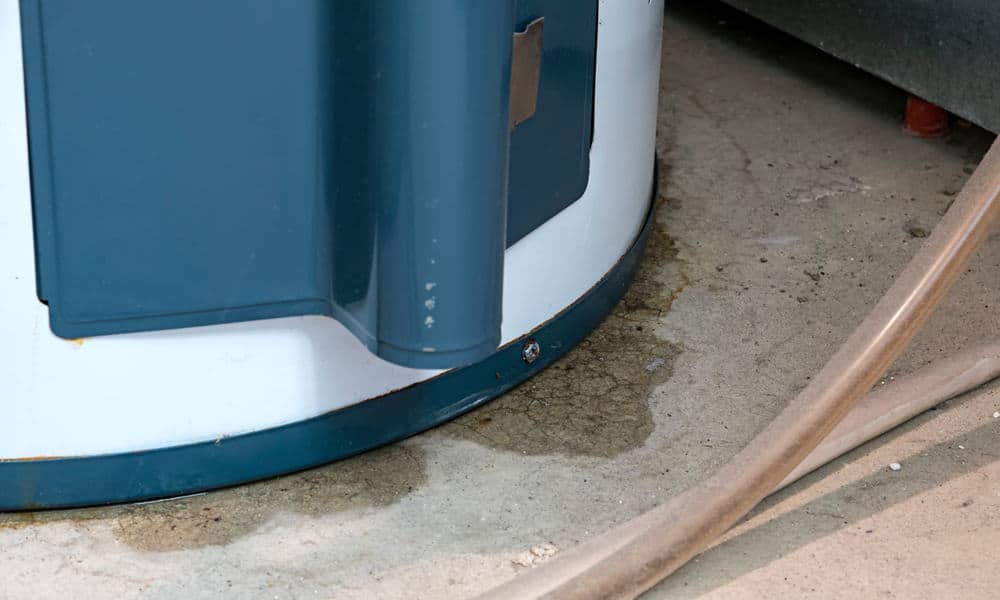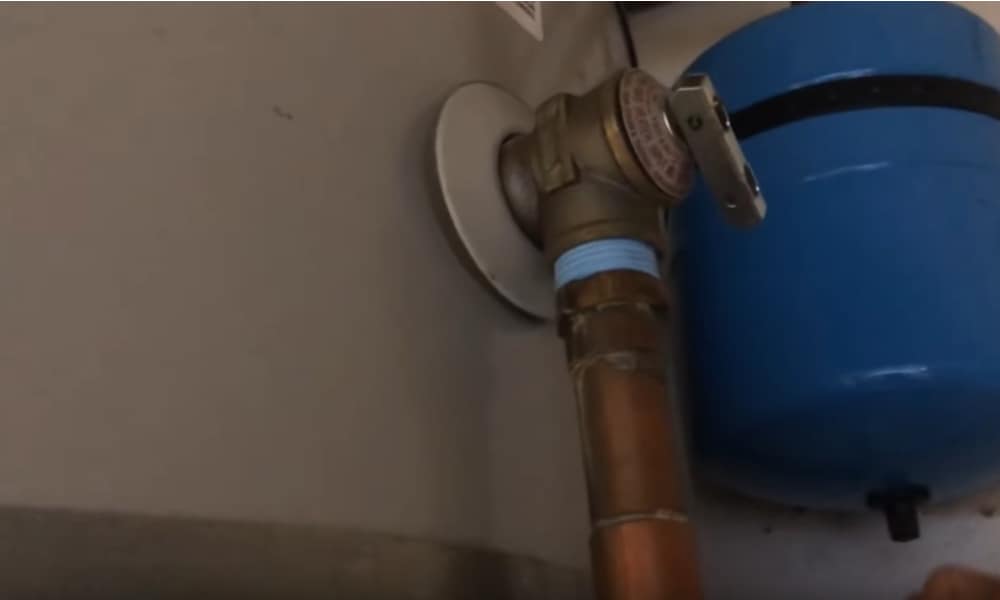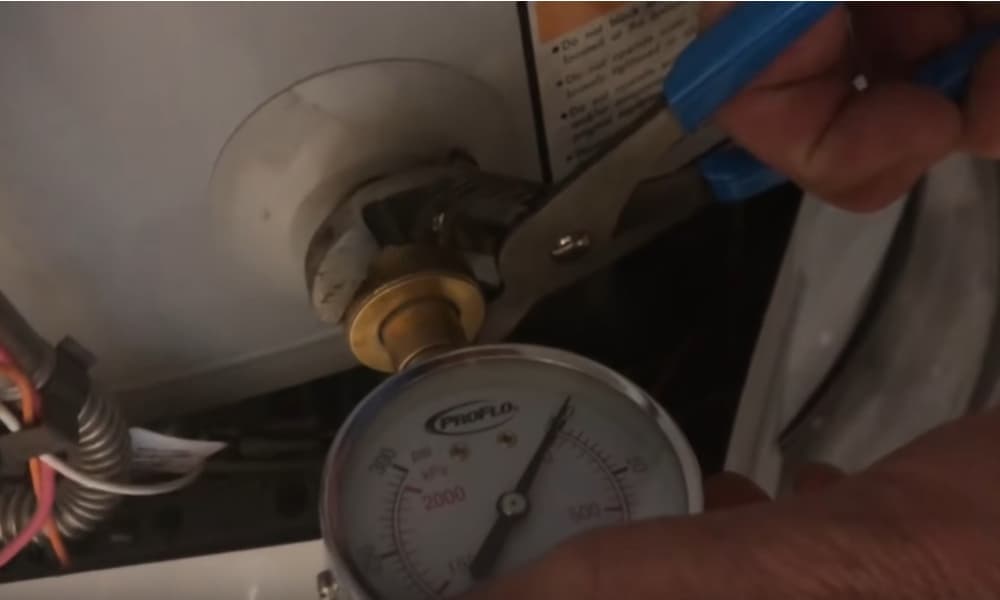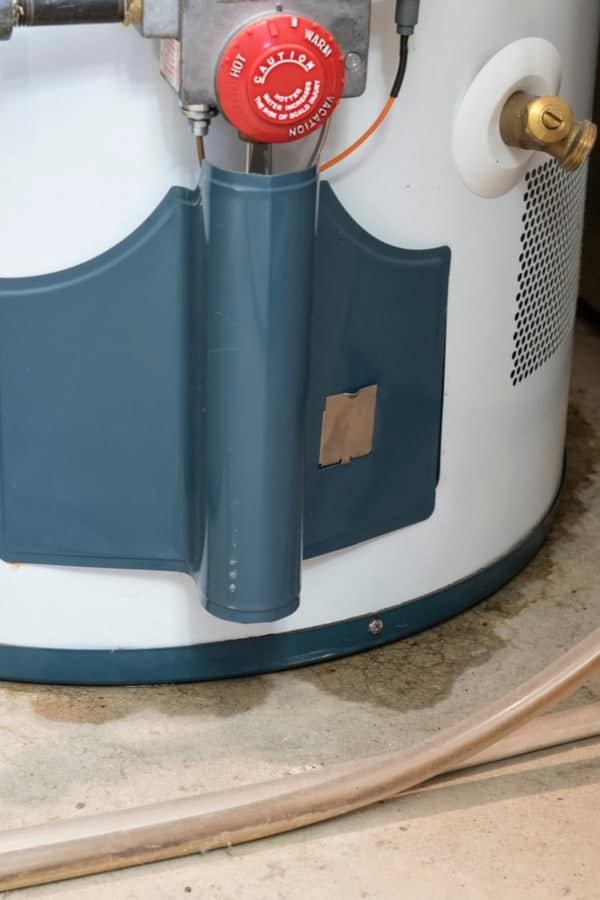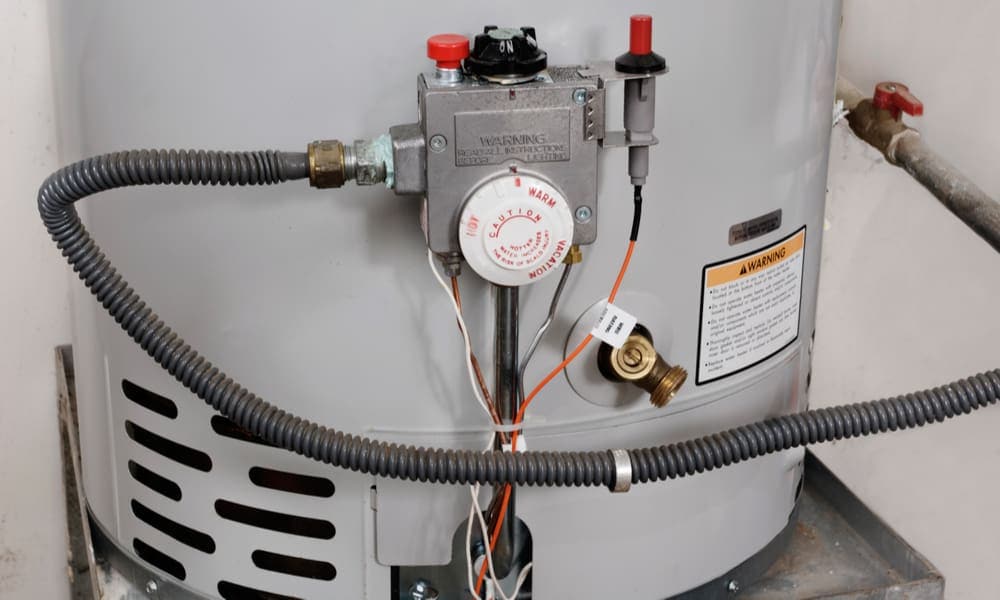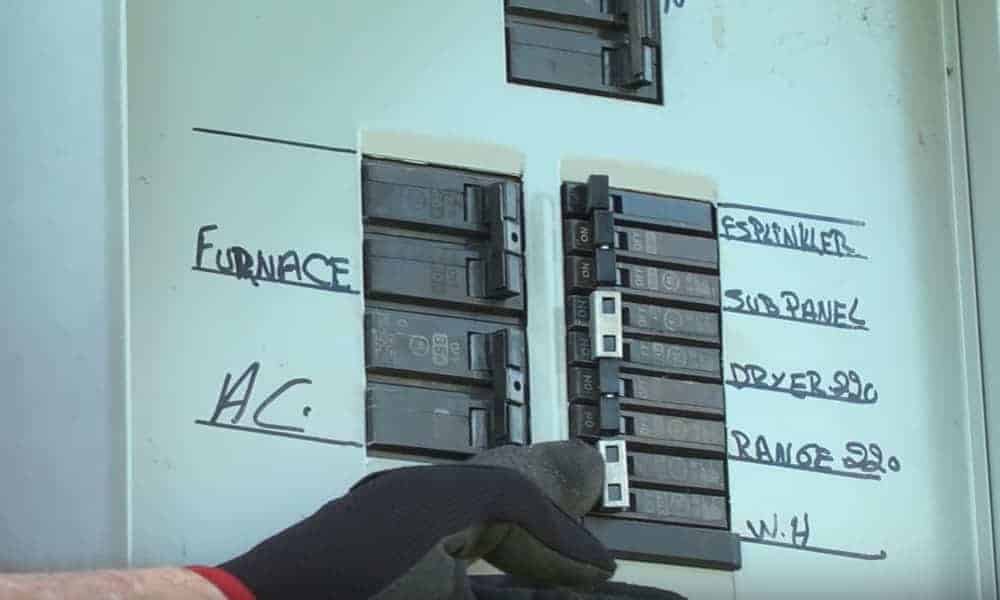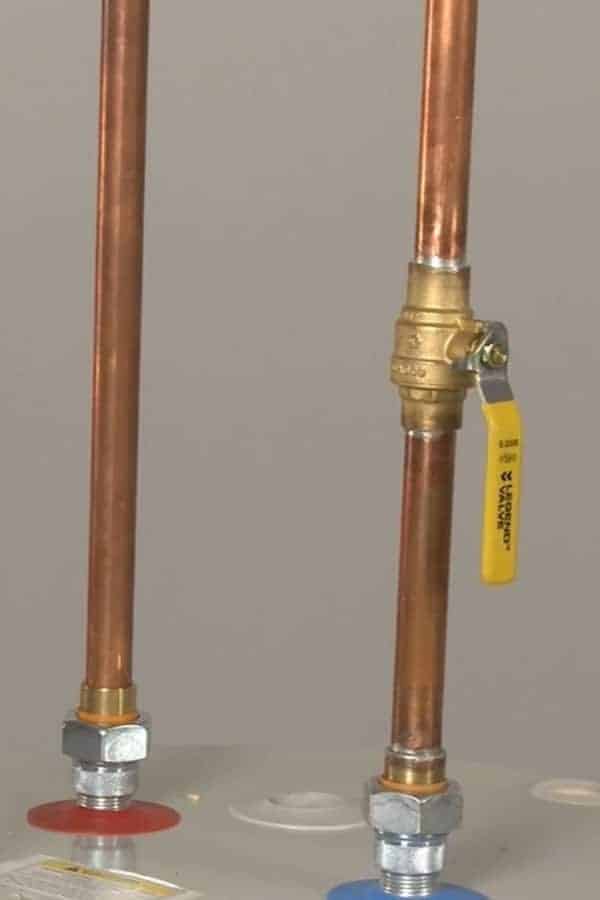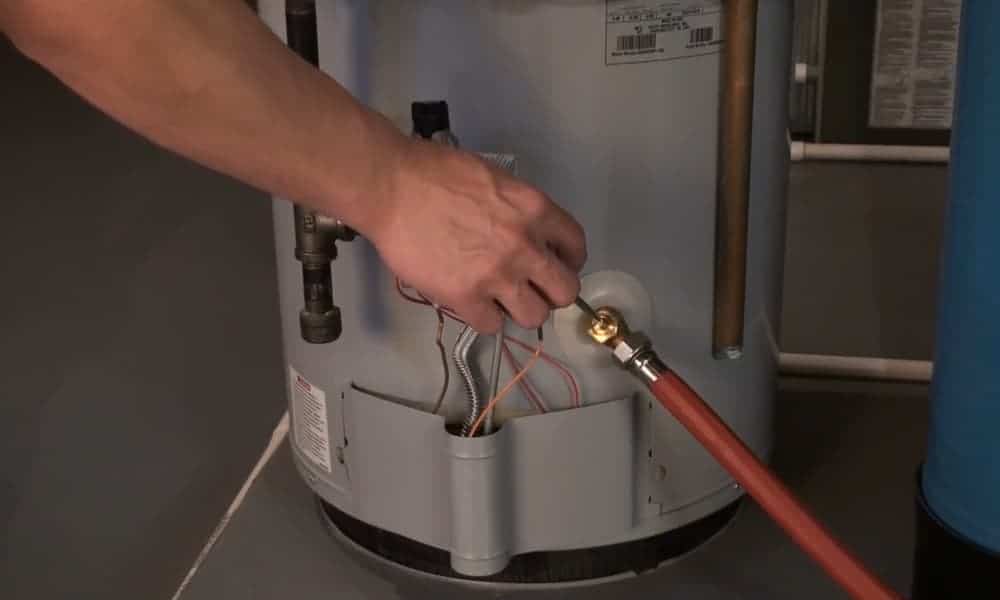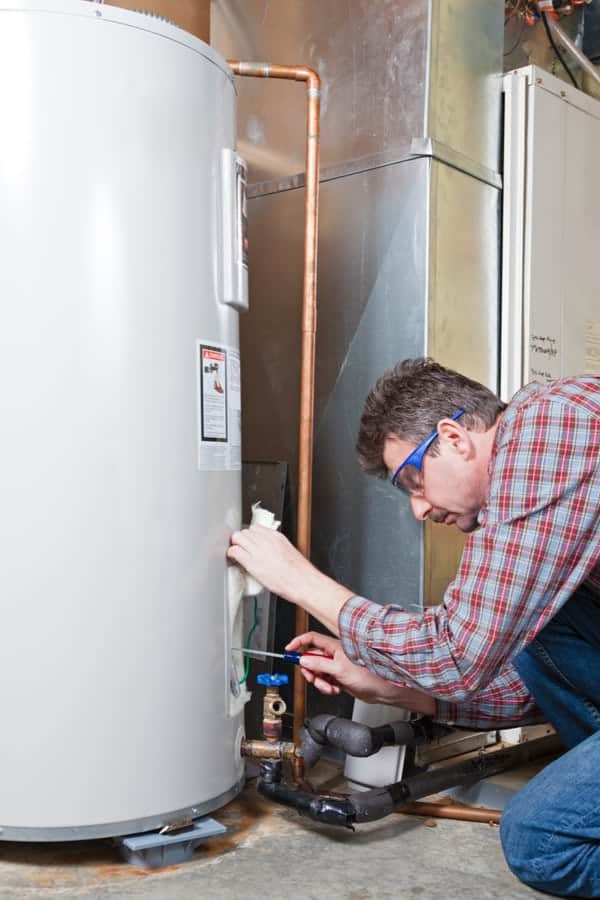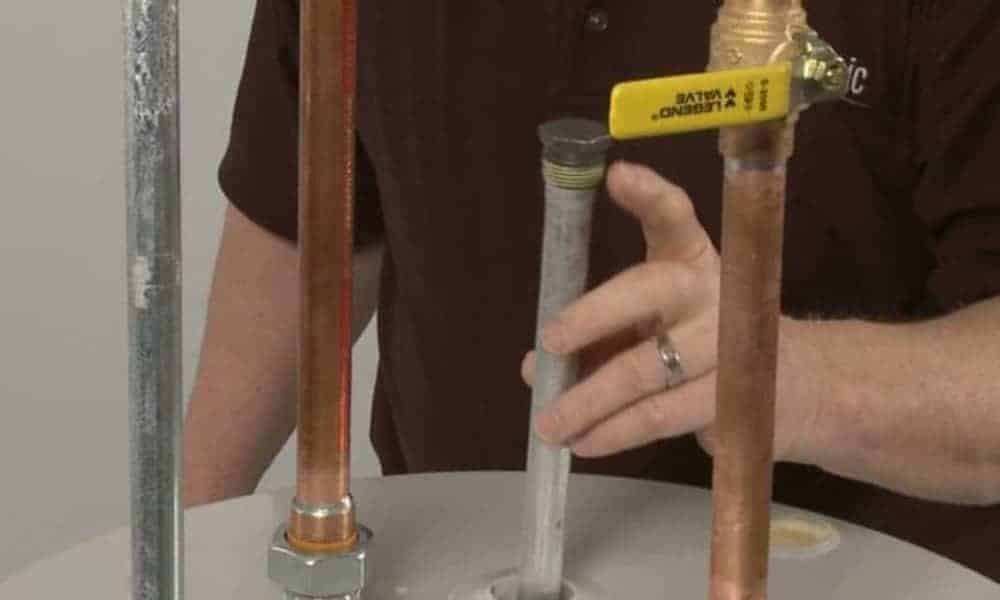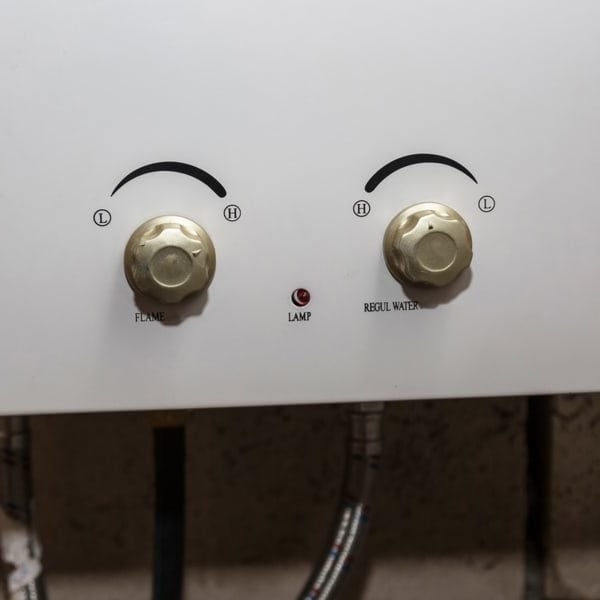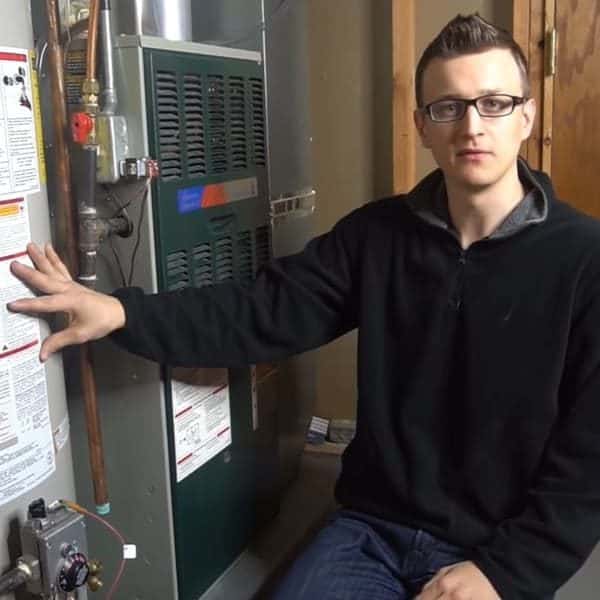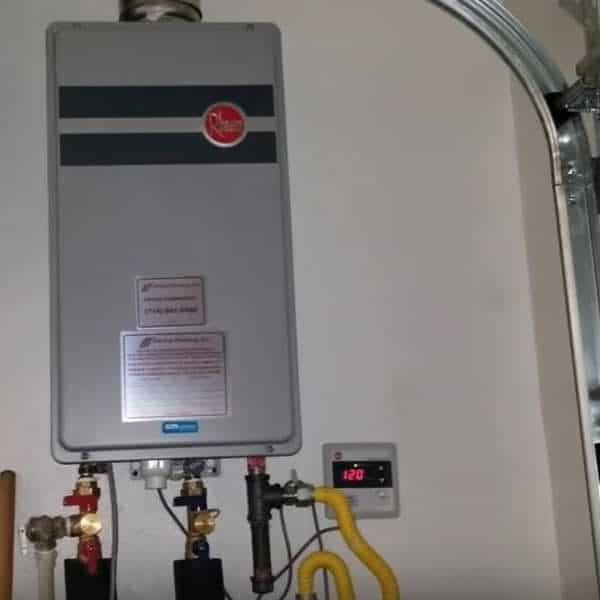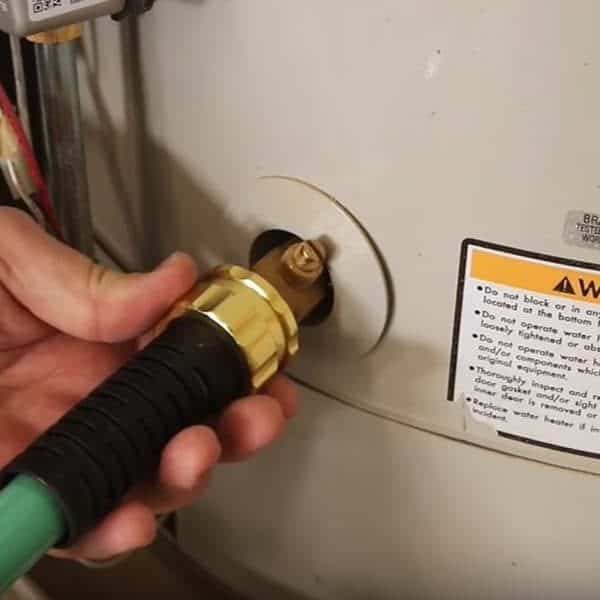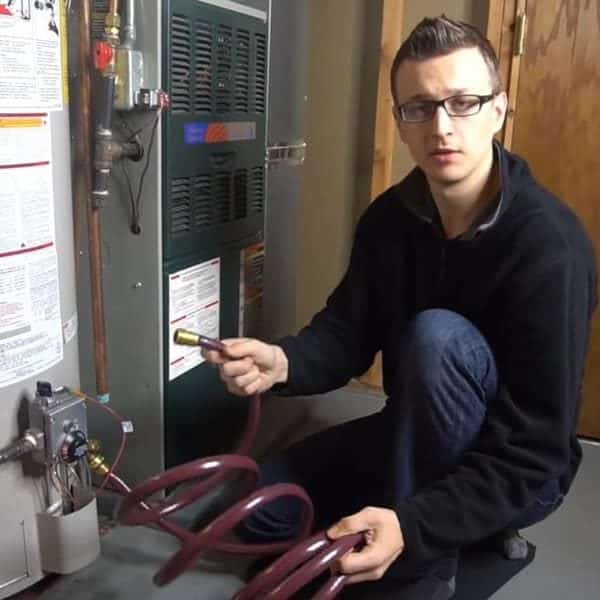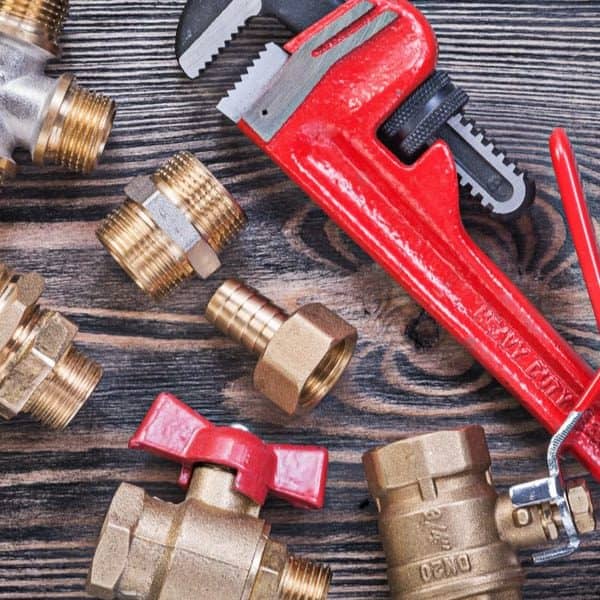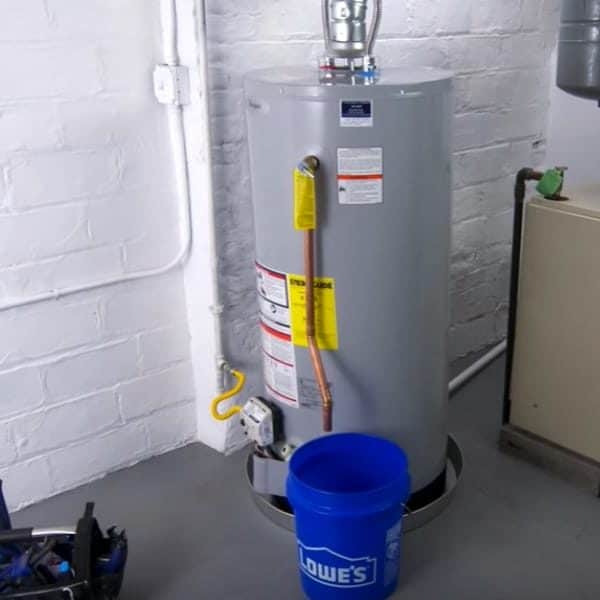A water heater leaking from bottom can cause a lot of damages. Finding water underneath the water heater is usually a sight that no one loves. However, a leaking water heater does not always mean you need a replacement.
In this post, you will learn how to spot out a leaking hot water heater from bottom. We will also reveal to you some easy steps to fix the problem.
What to Do When Water Heater is Leaking From Bottom
Step One: Trace the Leak
Water heater leaking from the bottom can be a result of defects from different components of the unit. Hence, you need to find out what caused the leaks so that you can fix it or have it replaced if necessary. Here are the places you need to check.
1. Temperature & Pressure Relief Valve
If you are not using a tankless gas water heater, you need to monitor your T&P valve. The temperature & pressure valve releases pressure when the water becomes too hot.
The role of this tube is to ensure that water leaking from the water heater bottom gets channeled out. Doing this makes the place safer, preventing water outbreaks.
If you find your water heater leaking from the bottom, check your discharge tube carefully to find leaks. In case there’s water on the floor, then the problem is probably from the T&P relief valve.
However, if the problem happens to be from the temperature and pressure valve, you will have to invite a plumber. You can either call a handyman to fix the internal pressure problem or get the valve replaced. Many professional plumbers have advised that you should inspect the T&P valve frequently since it is a safety device for a water heater.
Most cases temperature and pressure valve begin to leak when the pressure in the tank is too much. Keep reading to know how to check for leaks and other faults.
2. Inspect the Drain Valve
You probably already know that all water heaters come with drain valves found around the base of the tank. A drain valve allows you to carry out maintenance by draining the tank.
If you find the water heater leaking from the bottom drain valve, you can fix the problem with this process. Simply, perform regular tank drains as this helps in removing dirt and other debris that piling up inside your tank. The internal section of it will get damaged if you don’t drain it to remove sediments.
If you find water around the floor near your tank, then it probably means your drain valve leaks. This problem is because of the following factors:
-
Damaged Drain Valve
Sometimes, leakages could come from the valve nozzle. If this is the case, check and ensure it is well closed. In order words, before replacing the valve, check the nozzle first. Tightening the knob with your hand might solve the problem and save you the trouble.
However, if the leak continues even after you have tightened the knob, then the drain valve is faulty and should be replaced. If you can’t change it immediately, you should cover it to prevent further leaks. This process will help prevent water damage until you can afford to replace it.
To reduce the stress, you can get a water sensor alarm installed to alert you whenever there are leaks. These water sensors are great investments.
-
Is the Drain Valve Leaking?
If the drain valve leaks out water from the bottom that means the valve is unable to hold water. You have no other option but to get a brand new valve because it might even get worse in the future. To make a replacement, you can hire a repair company or do it yourself if you know how to.
3. Internal Tank
Most of the leaks occur because of faulty hot water tank. If this is the case, then there’s a problem in the internal section of the tank. A problem such as this causes water to leak out slowly, collecting at the base of the tank.
Most times, this occurs due to dirt collection within the internal tank. When dirt accumulates and you don’t flush it out from time to time, it causes the tank to rust. With time, this defect will cause leaks.
When there’s a leak from the hot water tank, it sometimes means you need a brand new water heater. However, it’s advisable to quickly call a well-trained plumber to come check your tank or get it replaced.
4. Condensation
Many things can cause the outside of your tank to get condensed. Condensation can occur when it is expired and cannot function the way it should.
Also, this can take place when the thermostat was programmed too high or when the insulation gets bad. Well, you can solve this issue by turning off the gas or power supply of your water heater and turning it back on after 6 hours.
However, while your unit is off, check to see if there’s still condensation outside your water heater. If didn’t notice, reduce your thermostat’s temperature and turn the gas or power supply back on. If you still find leaks and condensation, then you have damaged insulation and need to buy a new water heater.
Step Two: Mitigate Future Water Damages
Having located the leak, turn off water and power, hit the emergency shutdown button on your unit. If you don’t have this feature on your water heater, then the steps below will guide you.
Switch off the power
For an electric tankless water heater, locate the main switch and turn it off. The main switch is has a label to make things easy. Most water heaters come with a 240V breaker. This breaker is designed to turn off the unit in case of an emergency.
For a propane tankless water heater, locate the on/off switch or button on the unit. You will find this switch around the base of the heater- hit the off button to turn it off.
Switch Off the Water Supply
The water heater only stops refilling itself when you switch off the water supply. In order words, your water won’t stop running until you switch off the supply. This is why it is advisable to turn off the water supply when traveling or going out on holiday.
To switch off the water supply, turn the valve or lever to the right. You will find this valve at the top of your water heater. This valve is a switch that lets water into your home, and it also turn off the switch.
Most people who use the gas water heater feel safer while turning it off. Although this is not compulsory, you can put off the gas by turning off the switch or lever. This lever comes in different bright colors and is located at the bottom of the unit. Switch it off to turn off the gas.
These steps will help stop the water from running into your home, but this does not mean you have an empty tank.
When Leak Get Out Of Hands
A water heater leaking from bottom is something to pay attention to seriously.
If the leakage becomes too serious and has filled the overflow pan, begin by emptying the entire tank. Locate the drain valve as it can be found at the base of the tank. Check the valve to see if it is the cause of the leak (85% of the time, the fault comes from the drain valve).
Get a hose and attach it to the valve and channel it to a drain, Afterwards, unlock the valve. Instead of allowing the water heater to leak from the bottom, this will completely take out the water left in the tank.
Step Three: Think Of the Next Step to Take
Your level of technicality, the comfort you want, and the tools you have will determine whether you need a professional plumber or can do it yourself.
If your internal tank is faulty, then you have no other option but to get a new water heater. But if the fault is from the drain valve or pressure valve, then it could be repaired.
How to Prevent Water Heater Leaking from the Bottom
It gets difficult at some point to prevent the water heater from leaking. Nonetheless, a water heater, like other appliances, has a lifespan that eventually runs out. A standard water heater lasts for 8 to 12 years, but proper maintenance can keep it running for longer years than its lifespan.
However, know that inspection of the anode rod and an annual drain of your unit can prolong the water heater lifespan. Draining it every year will also prevent the steel inner tank and other metallic components from rust and crack. Keep this in mind, tank failures occur due to a rusted tank.
Replacing the anode rod is quite easy. All you need to do is get to the top of your tank and gently unscrew the anode rod. After that, check for build-ups. You can go ahead and get it replaced if the level of build-up has become too severe. Easy right!
When it comes to draining a heater, all you need to do is place an empty bucket right under the valve. This, however, can also be done by getting a hose attached directly to the valve.
You do not have to drain the water from the tank until it gets empty. Feel free to stop the process and switch off the valve when the water starts running smoothly.
Other essential factors to pay close attention are the tank temperature and water pressure. Taking note of these things can help prevent water heater leaking from the bottom. The level of wear and tear of your tank depends on the level of the water pressure and tank temperature. The amount of attention you pay to these two factors will determine your water heater’s lifespan.
Wrap Up
The sight of the water at the bottom of your water heater is never pleasant. When a water heater starts leaking from the bottom, it causes damage to your lower walls and floors. It can also cause damage any appliance around it.
Luckily, with the maintenance tips suggested above, you can control the leaks, thereby preventing any water damage.
Do you wish to know more about water heater leaks? If you do, you can drop a comment or give us a call!
As long as you remember that the drain valve and tank need maintenance from time to time, you will be just fine!
